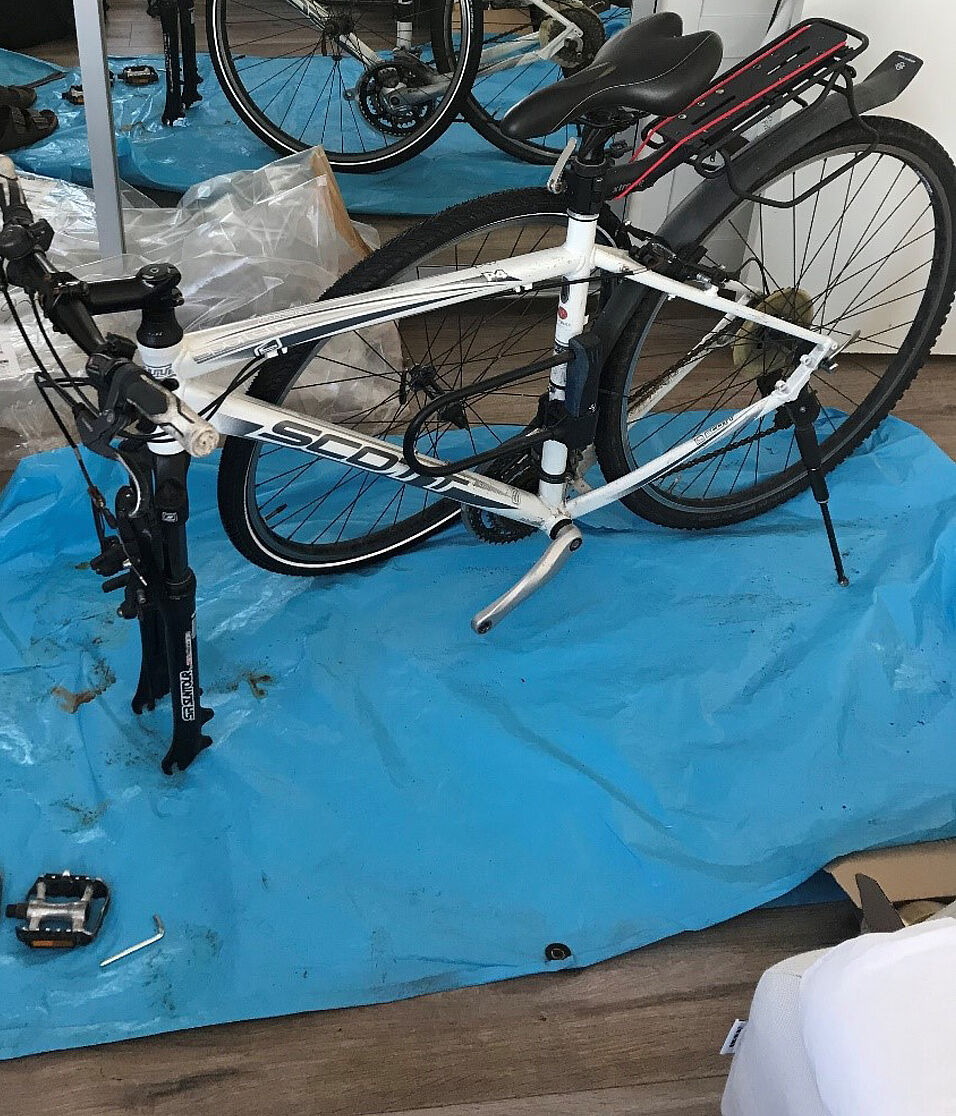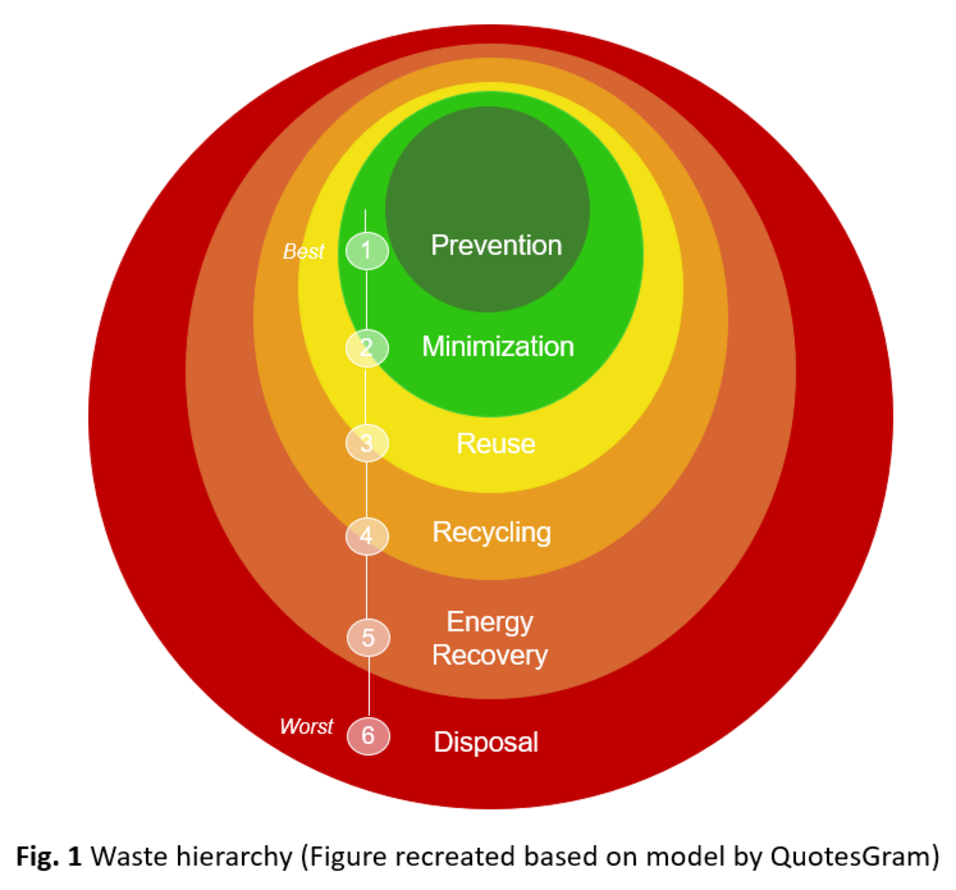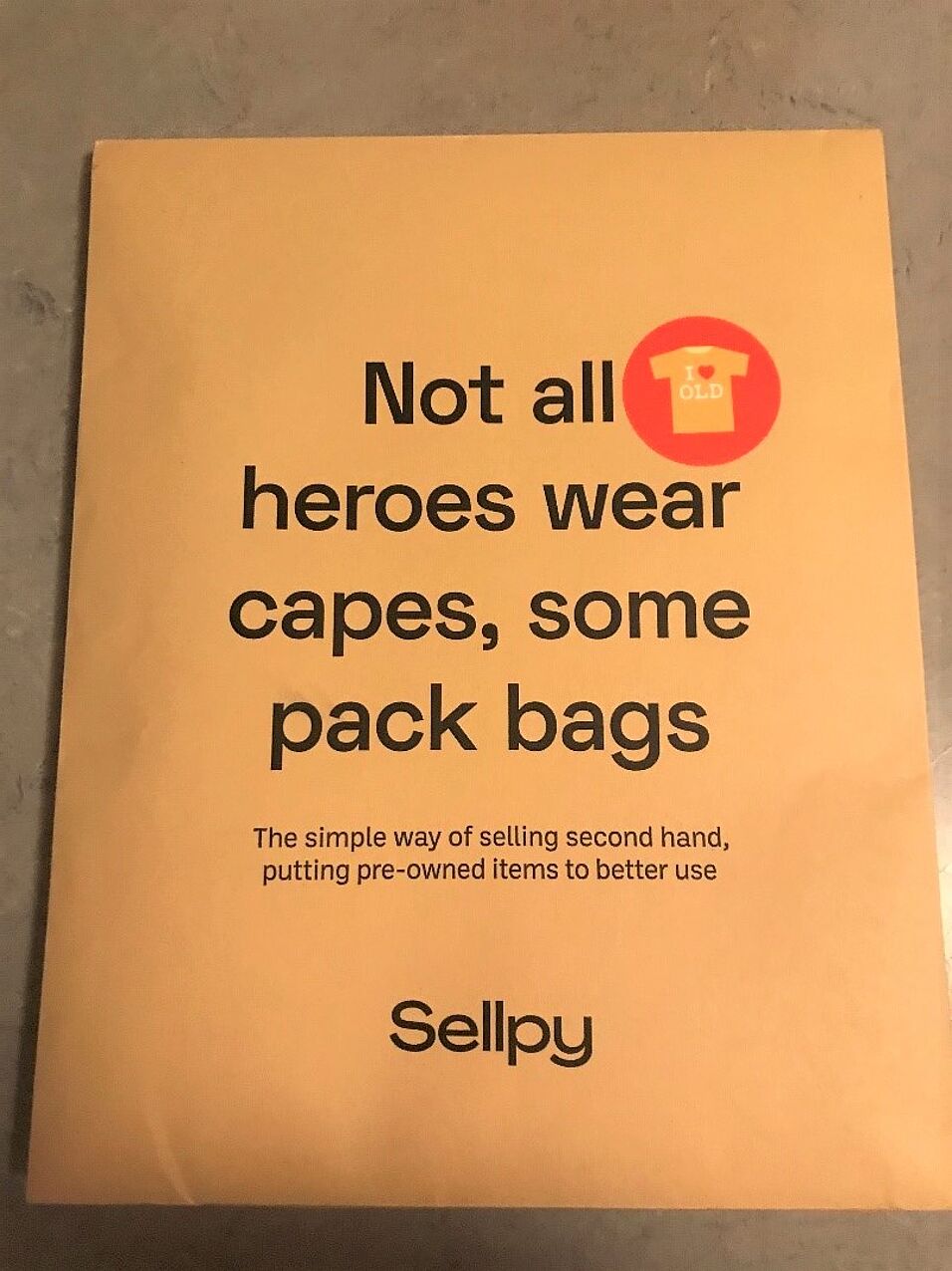Have you ever struggled with handling your stuff during a move in a way that protects the environment in the best possible way?
I have moved countries a few times and what to do with all my stuff was always one of the big questions for me. What to take, what to leave, and where to leave the stuff that I want to leave? Now this might seem like a small detail when faced with bigger questions such as Will I like my new home?, Will I find a (nice) place to stay? and Will I still see my friends after the move? But trust me, unless you recently tidied up with Marie Kondo, you are most certainly underestimating the extent of your possessions. Nevertheless, the moment will arrive when you actually need to stuff them into a minimal number of suitcases (or a car if you’re lucky), desperate to avoid calling the airline AGAIN to book ANOTHER extra luggage (related question: How many jumpers can one wear without getting a heatstroke on a plane?). And in that moment, you will likely realize that there is a lot stuff that you do not want to or cannot take with you (#houseplantheartbreak).
I think there are many decisions to be made when handling your stuff in a move, and they impact the environment greatly. However, even if you want to be good to the earth, it can be hard with time constraints, financial constraints, and often limited knowledge (which is fair enough, because how many times in your life do you really need to throw out a fridge, or ship a bike across countries?). For my move from Gothenburg, Sweden to Vienna, Austria in early 2021, I did a lot of internet research and collected interesting experiences in handling a move in an environmentally-friendly way. I hope I can save you some time for your own move, by pointing you some options for handling the stuff that does not make it into your suitcase.
Getting started
Get started by setting your priorities straight. You might have some external constraints, like, financial constraints, which force you to sell everything you can and then give the rest to charity; or you might want to give the majority of your things to charity immediately. In any case, in terms of protecting the environment, I found the waste hierarchy to be useful in guiding my actions (see Fig. 1). The waste hierarchy is a concept from waste management, anchored in European legislation, which details the steps for handling waste from the most to the least desired option in terms of impact on the environment. At the top of the waste hierarchy you can find prevention and minimization, which is the most desirable option, as there is nothing to throw away, if you do not create any waste in the first place (Too late for that, you might think now). At the very bottom of the waste hierarchy, you can find the least desirable option, disposal. In the following, I want to show you the steps in between prevention and disposal, that is, reuse and recycling in particular.
And before we dive into it, I would advise you to start well ahead of your departure with decluttering and sorting your stuff into the Take and Take-nots, so that you will have sufficient time to deal with all the Take-nots in an appropriate way. I found it useful to start as early as one-and-a-half months before leaving with sorting through everything I owned. After doing that, I prioritized the items that I wanted to sell, as these things typically take time. After all, you don’t want to have to just leave your in-good-shape bike or your musical instrument to the next best person, or give it away, while you could have used that money for a corona entry test.
Reuse
Many things that you might not want anymore, or are unable to keep, others might be very interested in; just in keeping with the motto, ‘One woman’s trash is another man’s treasure’. There are plenty of outlets that allow you to sell your stuff, or give it away for a charitable cause.
Selling
Sellpy allows you to sell all kinds of items in good to excellent condition, ranging from shoes, clothes and home textiles, to sports equipment, dishes and electronics. To sell something on their website, you simply just need to order a Sellpy bag at the cost of 1,95€, fill it up with your stuff, send it and wait. If you wish, Sellpy even sends you a bag for your clothes you want to recycle. Selling at Sellpy is fairly effortless, as they take over the tasks of photographing, advertising and selling of your things. At the same time, the risk is quite low, as Sellpy do not charge you for articles they categorise to be ‘unsellable’ and put to recycling – they only charge you minimally for articles they advertise but do not succeed selling.
Similarly, you can sell your things on willhaben, momox, or if it’s clothes, on Vinted (formerly known as Kleiderkreisel).
Gifting
If you want to give your things away, I would recommend you to have a cleaning out party with your friends. Especially when you are short on time, it is very convenient to invite your friends over to your home and have them browse through your things, before you take them someplace else. Besides, your things can be a nice parting gift to your friends. That way, you will be remembered by plants, furniture, and books. Another benefit is, that especially for things that were once precious to you, it is nice to know that they are in good hands.
Alternatively, or in addition to your own little open house, you can donate your things to charity shops, which will sell them and collect the money for a good cause. While this kind of charity shop culture seemed particularly strong in the UK and Sweden, according to my experience, I have seen less shops of that kind in Austria. However, there are some. One of them is Babäm!, an online second-hand shop, whose profits are donated to SOS Kinderdorf. Similarly, also an online second-hand shop, Fashion 2.0 donates the profits from selling second hand clothes to charitable causes (causes changing annually and monthly). At both stores, you can donate your clothes by sending them in by post, free of charge! In the Caritas-Shop Carla, you can bring your things only directly to your closest shop. However, they also take donations of furniture, dishes, vehicles, etc., which they pick up from your home against a small fee (great service if you don’t own a car!).
Recycling & Disposal
After you exhausted all previous options (and I’m sure there are many more than I listed), there might still be things you need to get rid of. Yes, I am talking about the broken phone charger that you’d been hiding in your desk drawer for a year (and more, I’m afraid). Anyways, to dispose of such things appropriately is not only immensely important for the environment, but also for your wallet, as many cities have placed high fines on illegal waste disposal (e.g., placing of fridges or furniture on the curbside). In the case of Vienna, the city encourages all citizens to report illegal waste disposal and also employs 50 Waste Watchers in full-time who are actively enforcing correct waste disposal.
On their website, the waste disposal organs of Vienna also provide extremely interesting statistics that exemplify how important it really is for the environment that you dispose of your waste in a responsible way. Think about electrical appliances, which often contain plastics, metals, and hazardous substances. The metals extracted from electrical appliances correctly disposed of every year in Vienna would be enough to manufacture 310.000 bikes. The amount of copper would suffice to produce 22.000 kilometers of cables and the aluminum could be turned into aluminum rims for 5.000 cars (Source: Stadt Wien). You think this is too much work and you are not even sure where to take what type of waste? I had the same when I arrived in Vienna, but the city has got your back, providing a Waste-ABC, where you can check where to take your stuff.
I followed these steps, and ended up having one nice open house day, filling one Sellpy Bag, making one trip to the charity shop, and a few small trips to different waste collection places close-by. You can do it too! And the best thing? You will feel great afterwards, because you did an amazing thing for the environment.





